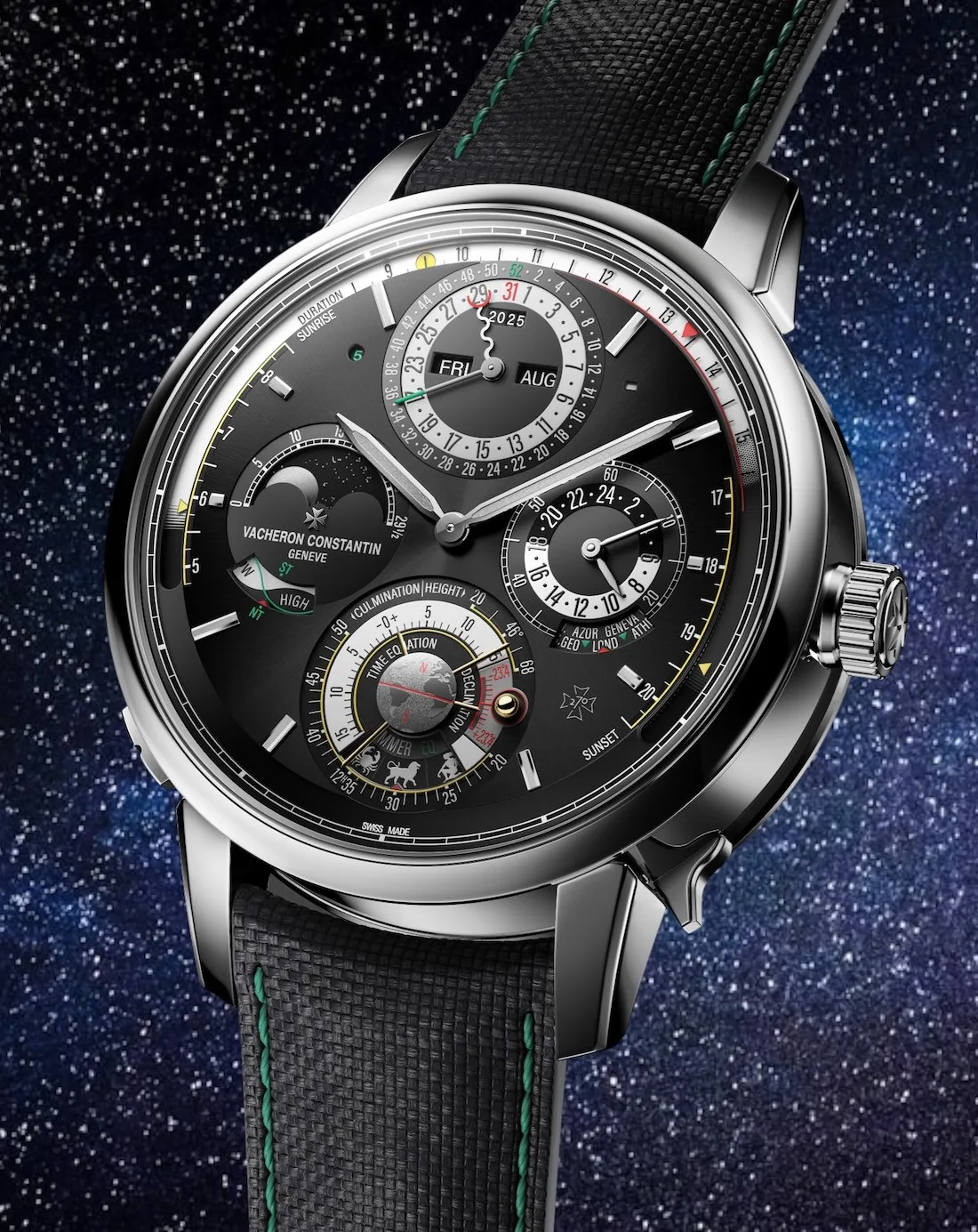Quantum mechanics (QM) is the study of matter and energy at the microscopic level. QM makes bizarre predictions about how matter works. For example, quantum entanglement occurs when two or more particles become correlated such that measuring the state of one instantaneously affects the state of the other, even if they are separated by vast distances. This phenomenon has been experimentally confirmed.
A second example comes from the famous double-slit experiment. A quantum particle such as an electron or a photon is fired at a barrier with two slits. If the particle is not observed, it passes through both slits simultaneously to form an interference pattern (a series of alternating dark and bright bands produced on a screen behind the barrier). But if the particle is observed, the interference pattern disappears.

The double-slit experiment, first carried out with multiple photons or electrons and afterwards with single particles, showing a clear wave interference pattern on the screen or, alternatively, a clumped particle pattern.
Predictions from QM are borne out to a remarkably accurate degree. For example, the theoretical prediction for a quantity known as Dirac’s number is 1.00115965246; the value obtained by the experiment is 1.00115965221. Such accuracy holds for an extremely wide range of phenomena. The results, bizarre though they may be, are reliable, easily demonstrated in laboratories, and underlie much modern technology.
For many years Nobelist Neils Bohr’s explanation for quantum phenomena, called the Copenhagen interpretation (CI), was widely accepted. According to CI, electrons, photons, and other elementary particles do not have definite properties until those properties are measured. Prior to being measured they have no specific location but are spread out over all possible locations. Electrons have a property called spin, and they can be spin up or spin down. Until measured, according to CI, they exist in both states. Measurement forces them to collapse into a single state.

Electrons have an intrinsic angular momentum known as electron spin. There are two spin states, up (spinning counter-clockwise) and down (clockwise).
Albert Einstein was one of the founders of QM, but he never accepted the Copenhagen interpretation. He was joined by others who argued that CI did not explain what constitutes a measurement, whether the measurer must be conscious, and whether a human must do the measuring. This measurement problem persists today and has given rise to many rival explanations. Since Bohr, at least ten different ones have been proposed for quantum phenomena. Physicist David Mermin once quipped, “New interpretations appear every year. None ever disappear.”
One interpretation, developed by Louis de Broglie and David Bohm, is called pilot wave theory. It overcomes a major objection to CI by accepting that particles exist with definite properties and positions even if they are unobserved. Pilot wave theory has been discussed extensively and is beyond the scope of this article.
An interpretation that has gained many adherents is called the many worlds hypothesis. In a 1991 survey of quantum physicists, 58 percent agreed with the statement “Yes, I think the many worlds hypothesis is true.” The “yes” responders included Nobel Prize winners Murray Gell-Mann, Stephen Hawking, and Steven Weinberg. According to the many worlds hypothesis, whenever a choice is made, the entire universe splits into two separate universes, one for each arm of the choice. The mathematics of this interpretation derives from and is an extension of the Schrödinger equation, which is the fundamental equation of QM. The many worlds hypothesis provides a solution to the measurement problem. Measurement is defined as any interaction that causes a quantum system to become entangled with the environment, thus creating a branching into separate worlds. An observer is any system that brings about such an interaction. Consciousness has nothing to do with it.

Four masters of Quantum Mechanics. From the left: Max Planck, Albert Einstein, Niels Bohr and Louis de Broglie.
I am not a physicist and am aware of the adage that fools rush in where angels fear to tread. Nevertheless, I would like to explain why I believe the many worlds hypothesis is incorrect.
The proliferation of universes would be vastly greater than proponents imply, since each choice point gives rise to not two but to an infinite number of alternatives. A coin is not restricted to landing heads or tails; it might end up balanced on its edge, rolling down a sewer, snapped up by a bird, etc. Furthermore, we make dozens (thousands?) of choices every day, from deciding whether to get out of bed immediately or stay in for another ten minutes. Then, still half asleep: Which socks? Eggs or cereal? Do I start on the front page or turn right to the sports section? Every decision has the potential to be consequential and so would result in a splitting of universes. Each split would create two worlds full of choices. By the end of day one the number would be unimaginably large. What’s more, each split would involve much more than just the decision-maker. It would require two entire universes to be created. Furthermore, unless solipsism is a feature of the many worlds hypothesis, alternative universes are constantly created for every living person and maybe even every living creature. What’s more, no mechanism has been proposed for stopping the splitting. So, the unimaginably large number of universes at the end of day one would grow exponentially every second – forever.
Hugh Everett, the originator of the many worlds hypothesis once gave an analogy: amoebas splitting in two. He wrote, “One can imagine an intelligent amoeba with a good memory. As time progresses, the amoeba is constantly splitting, each time the resulting amoeba having the same memories as the parent.” But amoeba splits can be observed, and amoebas might feel it when they split. I just decided to have some coffee. I did not feel a split with another me who chose water instead. And if I split, there must have been a mechanism that generated it. What was the mechanism?

The analogy of amoebas splitting in two was used by Hugh Everett, the originator of the many worlds hypothesis, to explain his revolutionary concept.
The logic behind the hypothesis is faulty. Just because an equation generates some predictions that are borne out by experiment does not guarantee that all predictions from the equation are correct.
I would rather see a science fiction movie than a rom/com, while parallel universe Fred prefers the rom.com. But then it would be false to say that the two Freds were identical in all ways at the moment of the split. If we were truly identical, we would have made the same decision.
I have described three of the many interpretations of quantum phenomena: the Copenhagen interpretation, the de Broglie-Bohm pilot wave theory, and the many worlds hypothesis. Each counts Nobel prize winners among its proponents, and each has been shown to be seriously flawed. Let’s hope that a new and better theory comes along soon.
Author: Prof Fred Leavitt
About the author:
Fred Leavitt is a retired American professor with an illustrious career studying and teaching mammalian sexual behaviour and all matters about psychiatric drugs (not together) at UC Berkeley and as a visiting professor in Canada, Kenya, New Zealand, England, Turkey, Singapore, and Holland.
A prolific author, Prof Leavitt’s books include Drugs and Behavior, The REAL Drug Abusers, Evaluating Scientific Research, Improving Medical Outcomes, An Even Greater Scandal, and The Billionaire’s Game.
In his spare time, he tries to grow fruits and vegetables (not very successfully– grew up in Brooklyn, didn’t see a tree until he was 20), solve cryptic crossword puzzles, and in earlier years, enjoyed playing basketball with a bunch of other over-the-hill players.
Married since Abraham Lincoln took office (as he says), Prof Leavitt has two daughters, two sons-in-law, and two grandchildren, all of whom bring him great joy.
Opening image: Courtesy of ESA/Hubble & NASA, ESO/ Lutz Wisotzki et al.

















Show Comments +